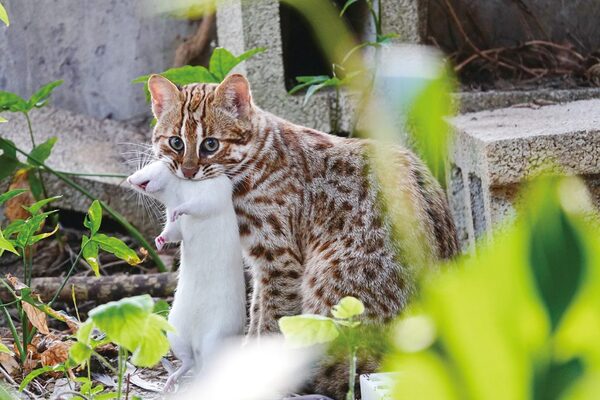
leopard cat
Prionailurus bengalensis,Civet cat, raccoon, copper coin cat, stone tiger, raccoon, mountain raccoon, wild cat, money cat
Ocelots are small, beautiful wild cats, named after their leopard-like patte···
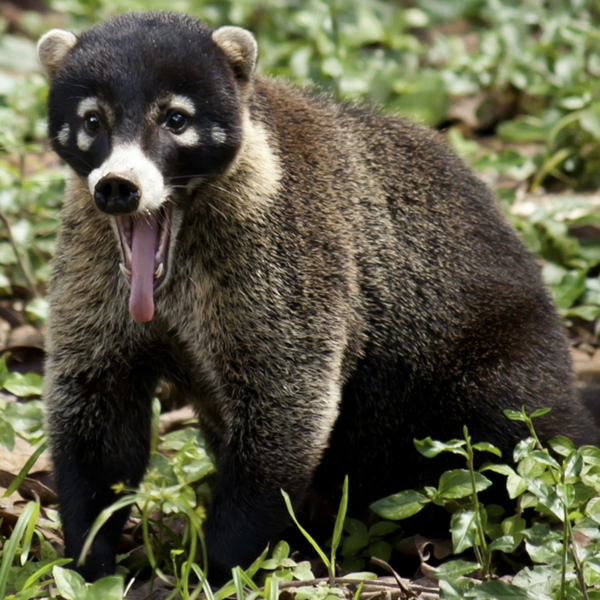
coatimundi
coati,quash
When it comes to animals with unique personalities and quirky looks, the coa···
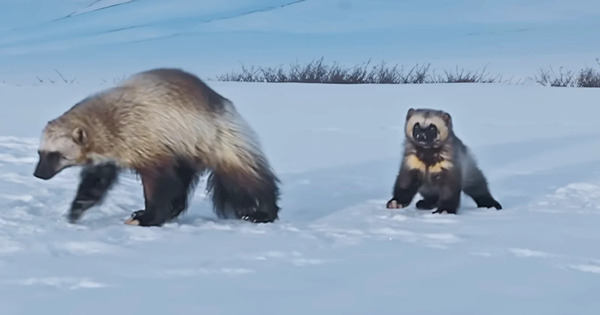
Wolverine
Gulo gulo,carcajou , quickhatch
When it comes to fierce and resilient animals, the wolverine tops the list. ···
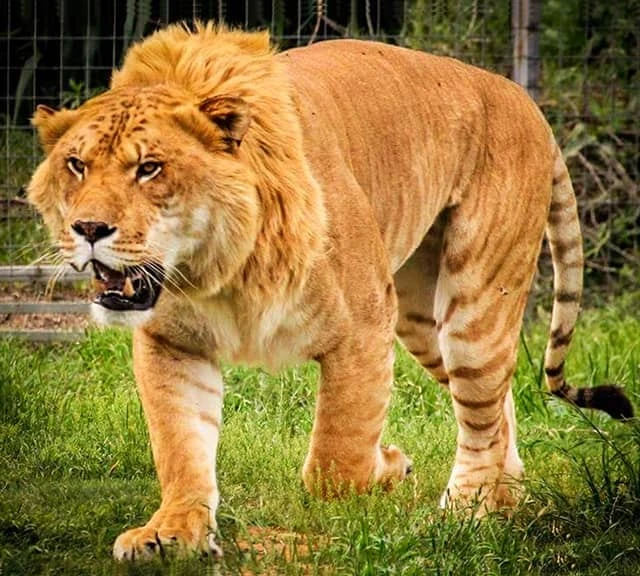
Liger
Ligers are one of the most fascinating hybrid animals, combining the majesty···
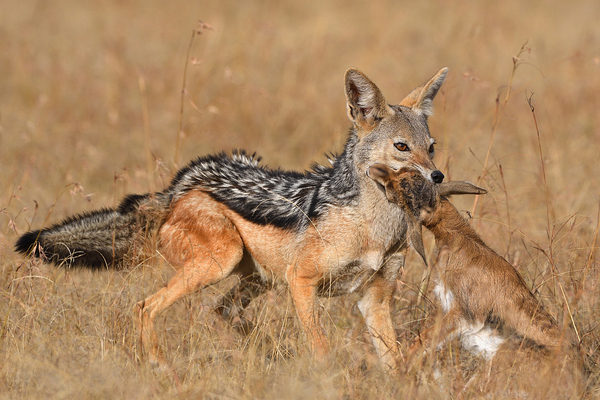
Jackal
Jackals, though often overlooked in the animal kingdom, are highly adaptable···
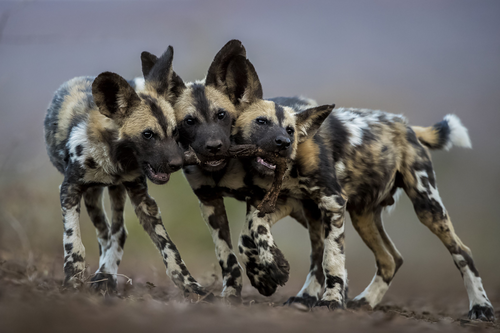
Wild Dogs
Mysterious and dangerous natural predatorWild dogs are a type of wild canine···
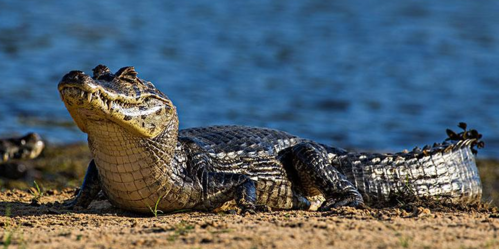
caiman
American alligator, spectacled crocodile
Caiman: A stealthy predator in tropical watersCaiman is a crocodile-like rep···
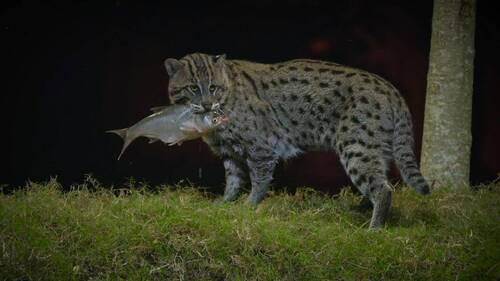
Prionailurus viverrinus
Fishing Cat, Chat Pêcheur,Gato Pescador,Felis viverrina Bennett
Fishing cat: one of Asia's most endangered small and medium-sized catsTh···
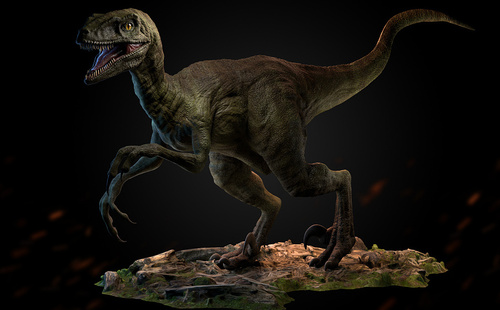
Velociraptor
Velociraptor mongoliensis,Velociraptor,Velociraptorinae, and Venomous dinosaur
Chinese name:xùn měng lóngLatin name: VelociraptorOther names: Velocirapt···
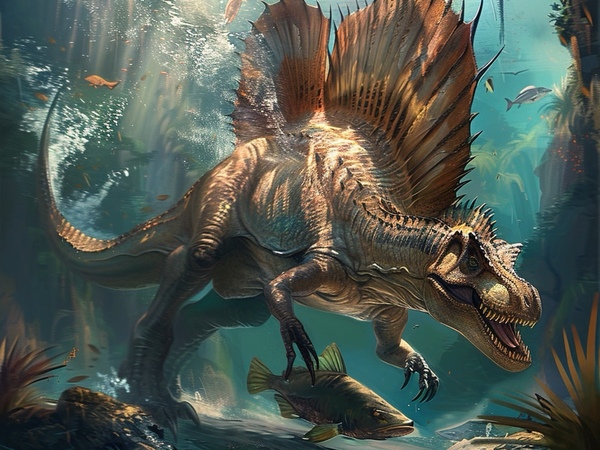
Spinosaurus
Spinosaurus, Ridgeback
Spinosaurus (scientific name: Spinosaurus, meaning "spiny lizard")···
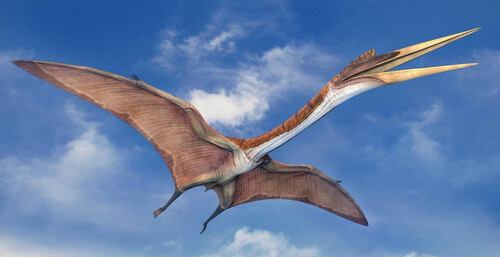
Pterodactylus
Quetzalcoatlus northropi,Pterosauria,Pterodactylus antiquus
Pterodactylus (Quetzalcoatlus northropi), also known as the flying pterosaur···
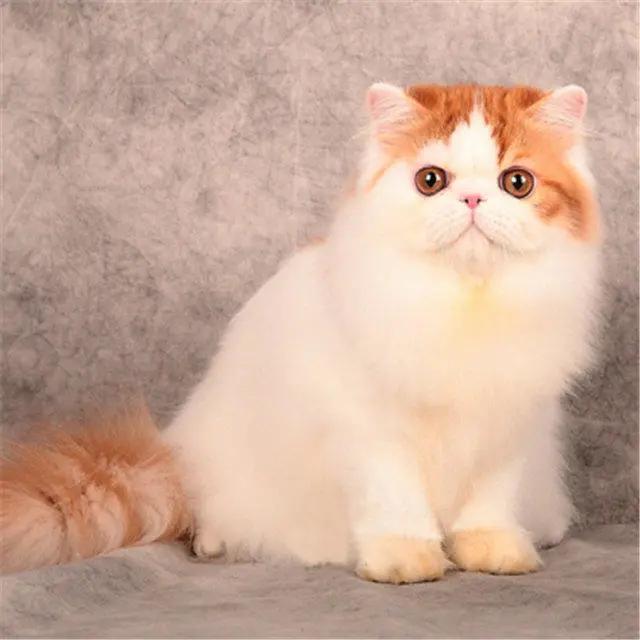
Persian cat
Persian cat, Chinchilla, Bose Mouse, Persian, Felis catus, Persian, Chinchilla, Himalayan, long-haired cat
Persian cat (scientific name: Persian cat, English name Persian Cat, Persian···

Canis lupus dingo
Canis dingo,Australian Dingo,Dingo,Canis macdonnellensis Matschie,Canis lupus familiaris dingo Meyer,Canis dingo Meyer,Canis familiaris dingo,Canis antarticus Kerr,,Canis familiaris australasiae Desma
The Australian dingo (scientific name: Canis lupus dingo, Canis dingo) is a ···

Rhodesian Ridgeback
African lion dog, African lion hunting dog, Rhodesian hound
Rhodesian Ridgeback, also known as African Lion Dog and Rhodesian Ridgeback,···

American bully pitbull
BULLY
The American Bully is a dog of the genus Canis, with a medium-length head an···

fur seal
Arctocephalinae
The fur seal is a mammal of the carnivorous order Sea Lion, subfamily Sealid···

Otodus megalodon
Carcharocles megalodon,Megalodon
Megalodon (scientific name: Carcharocles megalodon, Otodus megalodon), also ···

Zalophus japonicus
Zalophus japonicus
Japanese sea lion, Zalophus japonicus (Peters, 1866), is an extinct species ···



